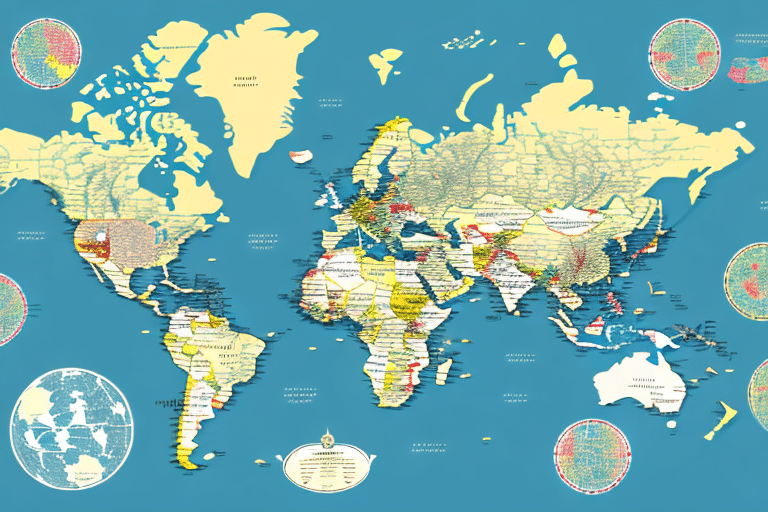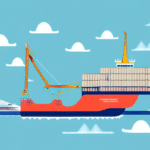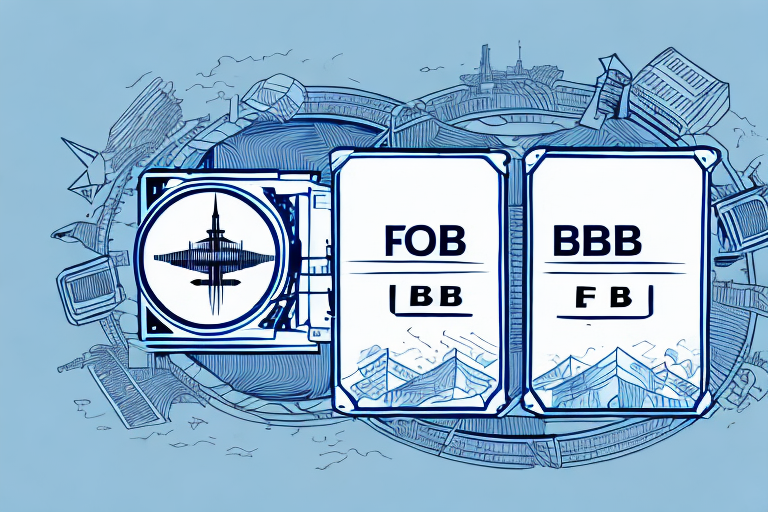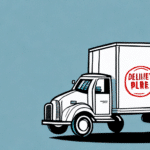Understanding FOB Destination in International Trade
In the realm of import-export, selecting the right FOB (Free on Board) destination is a pivotal decision that can significantly impact your business's efficiency and profitability. FOB destination specifies the point at which ownership and responsibility for goods transfer from the seller to the buyer. This comprehensive guide delves into the fundamentals of FOB destinations, factors influencing their selection, and strategies to optimize your international shipping operations.
Key Factors in Choosing the Right FOB Destination
1. Accessibility and Infrastructure
The accessibility of your chosen FOB destination plays a crucial role in ensuring timely and cost-effective delivery of goods. Assess the quality of infrastructure, including roads, ports, railways, and airports, to determine the ease of moving goods to and from the destination. For instance, destinations with well-developed port facilities and efficient transportation networks can reduce transit times and minimize the risk of delays.
According to the UNCTAD 2020 Review of Maritime Transport, efficient port infrastructure can lower transportation costs by up to 15%, highlighting its importance in the supply chain.
2. Political Stability and Security
Political stability is paramount when selecting an FOB destination. Regions with volatile political climates may pose risks such as sudden regulatory changes, trade barriers, or disruptions due to unrest. Additionally, assessing the security measures in place can safeguard your goods against theft, damage, or loss during transit.
For example, according to the Corruption Perceptions Index 2022, countries with higher scores indicate lower levels of corruption, which can be a proxy for political stability and ease of doing business.
3. Cost Implications
Financial considerations are integral to selecting an FOB destination. Costs to evaluate include transportation fees, customs duties, labor costs, and insurance premiums. It's essential to conduct a thorough cost-benefit analysis to identify a destination that offers a balance between affordability and efficiency.
Data from the Economist’s Logistics Tracker suggests that transportation costs can account for up to 50% of the total landed cost of goods, underscoring the need for careful financial planning.
4. Industry-Specific Requirements
Different industries have unique shipping needs that influence the choice of FOB destination. For instance, the pharmaceutical industry may require destinations with strict temperature-controlled facilities, while the technology sector might prioritize destinations with advanced handling capabilities for sensitive equipment.
Pros and Cons of Various FOB Destinations
1. Inland Locations
Choosing an inland FOB destination can offer greater accessibility and proximity to major markets. However, it may incur higher transportation costs compared to coastal ports. Additionally, inland destinations might lack advanced port infrastructure, potentially leading to longer transit times.
2. Buyer’s Port of Country
Selecting a port within the buyer's country can streamline customs clearance and reduce lead times. Nevertheless, it may expose the buyer to higher domestic shipping costs and potential bottlenecks in congested ports.
3. Seller’s Home Country Port
Opting for a seller's home country port can simplify logistics and potentially reduce shipping costs. On the downside, it may place the onus of international shipping complexities on the seller, including navigating foreign regulations and handling long-distance transportation.
Cost Analysis and Financial Implications
1. Transportation Costs
Transportation expenses vary based on the distance between the FOB destination and the point of origin. Evaluating different modes of transport—such as air, sea, or rail—and their respective costs is essential for optimizing expenditures.
2. Customs Duties and Taxes
Understanding the import duties, taxes, and regulatory fees associated with different FOB destinations can prevent unexpected costs. Utilizing resources like the U.S. Trade Representative's Customs Operations can aid in estimating these expenses accurately.
3. Insurance Premiums
Insurance safeguards your goods against potential risks during transit. The cost of insurance is influenced by factors such as the value of the goods, the chosen mode of transport, and the destination's risk profile.
Addressing Cultural and Operational Challenges
1. Cultural Understanding
Grasping the cultural nuances and business etiquette of the FOB destination can facilitate smoother negotiations and foster stronger partnerships. Misunderstandings stemming from cultural differences can lead to operational inefficiencies and strained business relationships.
2. Language Barriers
Language differences can impede effective communication and documentation. Employing multilingual staff or engaging local agents can mitigate these challenges, ensuring clarity in transactions and compliance with local regulations.
Future Trends in FOB Destination Selection
1. Sustainability and Green Logistics
With increasing emphasis on environmental responsibility, businesses are prioritizing FOB destinations that support sustainable practices. Implementing green logistics can not only reduce carbon footprints but also enhance brand reputation.
2. Technological Advancements
Emerging technologies like blockchain and IoT are revolutionizing supply chain transparency and efficiency. These innovations can streamline operations, reduce administrative burdens, and enhance the traceability of goods.
Conclusion
Selecting the appropriate FOB destination is a strategic decision that necessitates a thorough evaluation of multiple factors, including accessibility, political stability, cost implications, and industry-specific requirements. By conducting in-depth analyses, utilizing reliable data, and adhering to best practices, businesses can optimize their international shipping operations, mitigate risks, and bolster profitability.






















